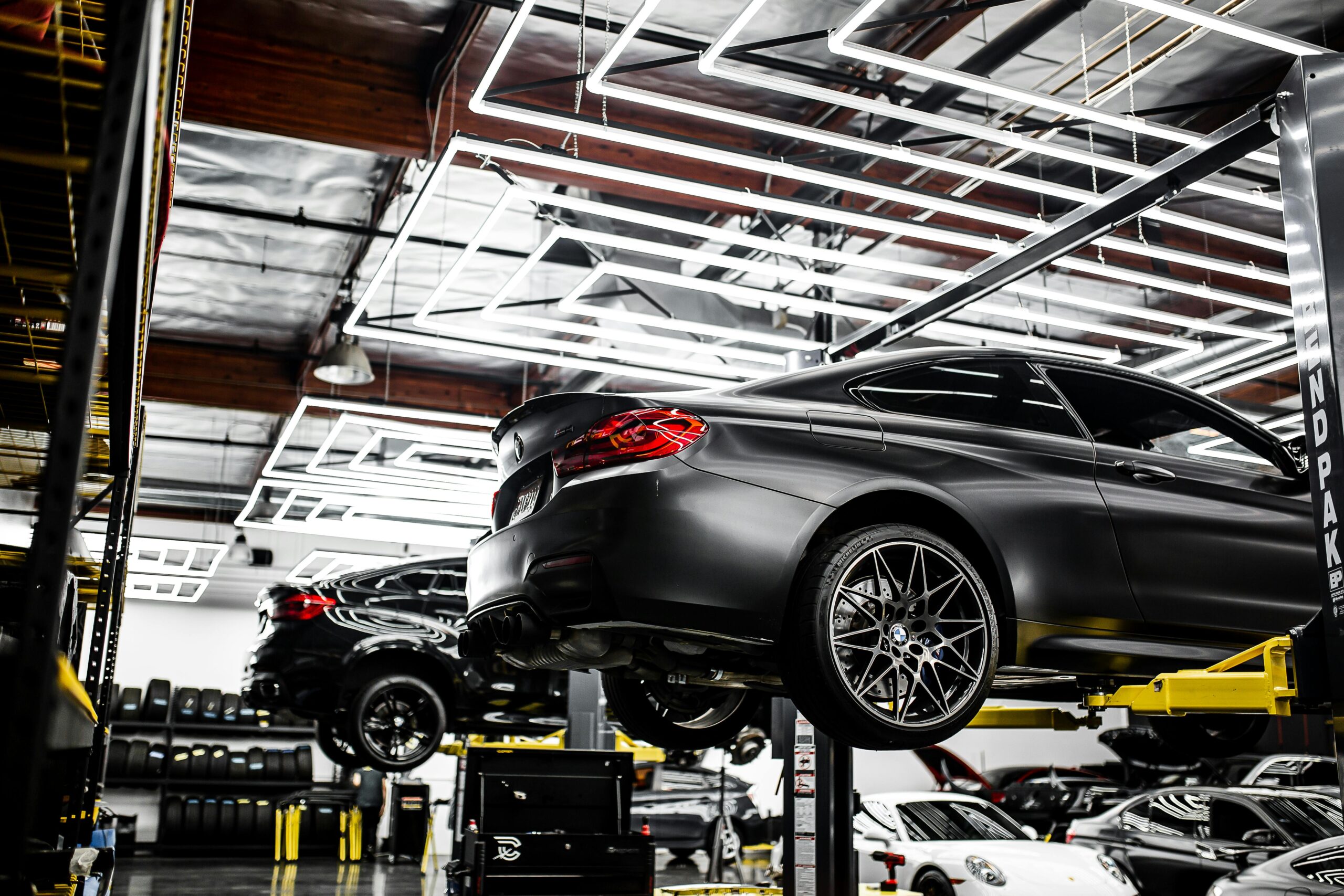How Can I Decide if it’s Worth Repairing My Car?
To repair or replace—that is the question.

To repair or replace—that is the question.

Is your car always in the shop or breaking down at the worst times? Deciding whether to invest more money in auto repairs or to move on to a new car can be tough.
Here’s how to know when it’s not worth repairing your car, plus the key factors to consider to make an informed decision for your finances and safety.
A good rule of thumb: If your next round of repairs will cost more than the value of the car, it may be time to move on. But every situation is different. Some older cars are still reliable and inexpensive to maintain—others turn into money pits.
Other signs it may be time to move on:
Sometimes, the decision isn’t really up to you—especially when your car has been seriously damaged. If your vehicle is in a crash, flood, or fire, and the cost to repair it exceeds its current value (or it’s simply not safe or possible to fix), your insurer may declare it a total loss. That means it’s officially not worth repairing.
If you have collision or comprehensive coverage on your Lemonade Car policy and your car gets “totaled” in a covered incident, an appraiser will assess the actual cash value of your car and its salvage value (what it’s worth in its damaged state). Based on that evaluation, your insurer will offer you a payout—minus your deductible—to help you move on and start shopping for a replacement.
Start by finding out the current market value of your car. Use trusted sources like Kelley Blue Book to get an estimate based on your car’s age, make, model, mileage, and condition. Check how much it would be worth with and without needed repairs. If you still owe more than it’s worth, that’s called being “upside down” —and with ongoing car payments, you’ll want to factor that into your decision.
Get clear estimates from multiple repair shops. Compare this number to your car’s value—not just the estimate after the repair, but what your car is worth right now. The type of repair matters, too. Major fixes like a new transmission or engine replacement can cost thousands and are rarely worth it on an old car, unless the vehicle is still under a warranty that covers the work. Otherwise, you might be better off putting that money toward a more reliable newer model.
Occasional fixes are normal, but frequent repairs are a serious red flag. If you’re seeing the mechanic every few months and it’s draining your wallet and energy, tally up the average yearly cost of repairs. Consider if a more reliable car (and fewer headaches) would be worth the swap.
Issues like bad brakes, worn tires, transmission problems, or failing lights aren’t just inconvenient–they’re unsafe. Always prioritize repairs that impact your safety or the safety of others. If repairs address critical safety concerns and can extend your car’s life, they may be worth fixing—but if safety keeps slipping despite repairs, it’s time to consider moving on.
Is it a good time to buy a car? Sometimes repair bills are frustrating, but with high car prices or limited options, replacing with a newer car could be tough. Compare average monthly payments, interest rates, and what your trade-in could be worth against the cost and hassle of more car repairs.
In many cases, buying a new used car can be a smarter investment than sinking more money into high-cost repairs.
If you’re sticking with your current vehicle for now, a little car maintenance goes a long way. Consistent upkeep helps prevent costly repairs and keeps the car in good condition. Here are some maintenance tips:
A bit of regular maintenance goes a long way toward preserving your investment.
There’s no one-size-fits-all answer. Weighing the safety, cost, and hassle of repairs can help you figure out what makes the most sense for your situation.If you do move on to a different car, Lemonade Car offers coverage that can protect your new ride, while staying on top of maintenance can help you avoid bigger issues down the line.
Please note: Lemonade articles and other editorial content are meant for educational purposes only, and should not be relied upon instead of professional legal, insurance or financial advice. The content of these educational articles does not alter the terms, conditions, exclusions, or limitations of policies issued by Lemonade, which differ according to your state of residence. While we regularly review previously published content to ensure it is accurate and up-to-date, there may be instances in which legal conditions or policy details have changed since publication. Any hypothetical examples used in Lemonade editorial content are purely expositional. Hypothetical examples do not alter or bind Lemonade to any application of your insurance policy to the particular facts and circumstances of any actual claim.
Please note: Lemonade articles and other editorial content are meant for educational purposes only, and should not be relied upon instead of professional legal, insurance or financial advice. The content of these educational articles does not alter the terms, conditions, exclusions, or limitations of policies issued by Lemonade, which differ according to your state of residence. While we regularly review previously published content to ensure it is accurate and up-to-date, there may be instances in which legal conditions or policy details have changed since publication. Any hypothetical examples used in Lemonade editorial content are purely expositional. Hypothetical examples do not alter or bind Lemonade to any application of your insurance policy to the particular facts and circumstances of any actual claim.